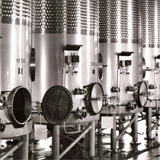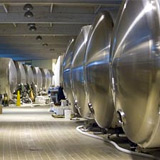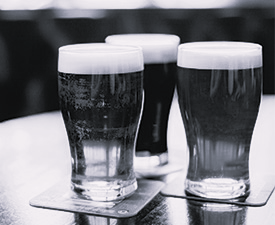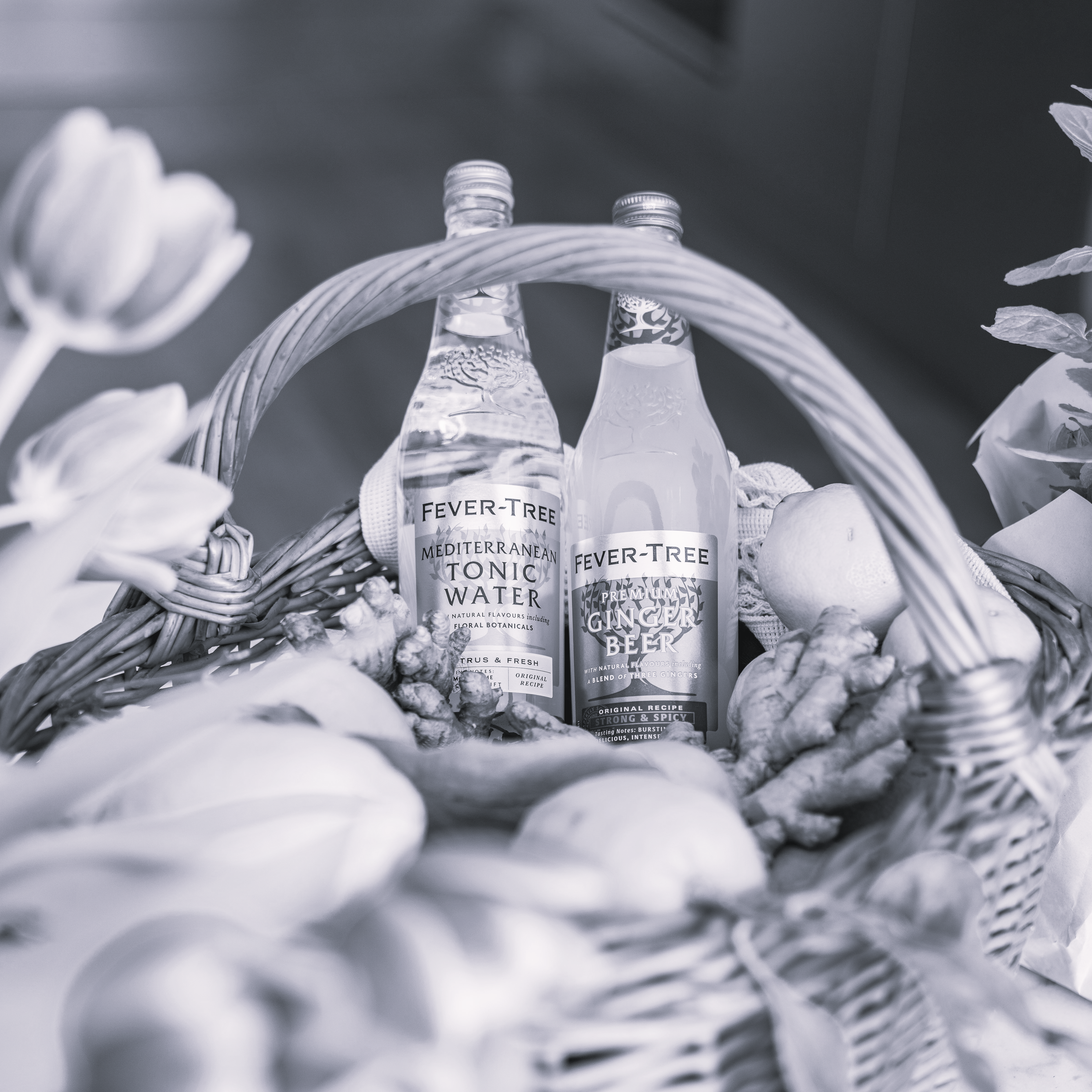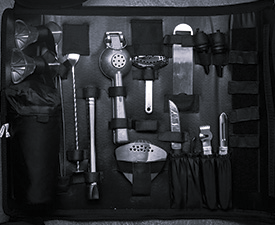The process of wine production has remained much the same throughout the ages, but new sophisticated machinery and technology have helped streamline and increase the output of wine. Whether such advances have enhanced the quality of wine is, however, a subject of debate. These advances include a variety of; mechanical harvesters, grape crushers and temperature-controlled stainless steel tanks to name a few.
The procedures involved in creating wine are often times dictated by the grape and the amount and style of wine being produced. Certain types of wine require the winemaker to monitor and regulate the amount of yeast, the fermentation process, temperature and other steps in the winemaking process. A universal factor in the production of fine wine is timing and the control from each step to the next, stainless steel tanks are one of the tools a winemaking uses to have more control.
Red wines are generally fermented in large open-topped stainless steel tanks or neutral wood vats that don't add flavour to the wines. In order to extract colour and tannins from the skins, the 'cap' (skins that bind together on the surface of the must) needs to be broken up and submerged at least three times a day. This process can be done manually, but today is more often done by machines. For white wines, the two most common fermentation vessels are stainless steel and oak. Stainless steel tanks retain fresh fruit flavours and prevent the wine from overheating during fermentation. Oak barrels add flavours, concentrate the flavours (through evaporation) and make the wine seem richer.
In the mid 1950's no more than 3 wineries in the world were using temperature controlled fermenting tanks. 1961 - Chateau Haut Brion installed Bordeaux's first stainless steel tanks for temperature controlled fermentation. Today almost every Champagne House ferments their base wines in stainless steel tanks and stores their 'reserve' wines in stainless steel tanks for up to 10 years for blending.
